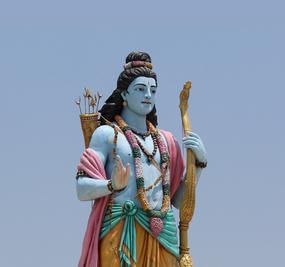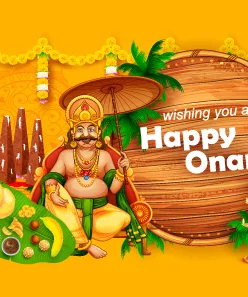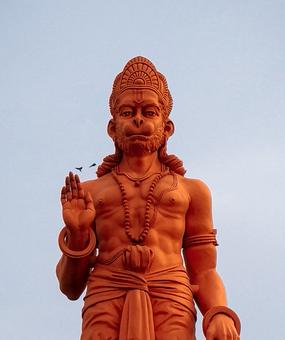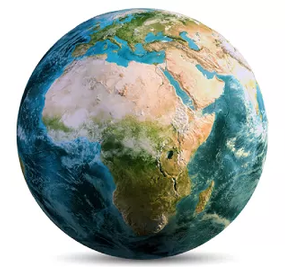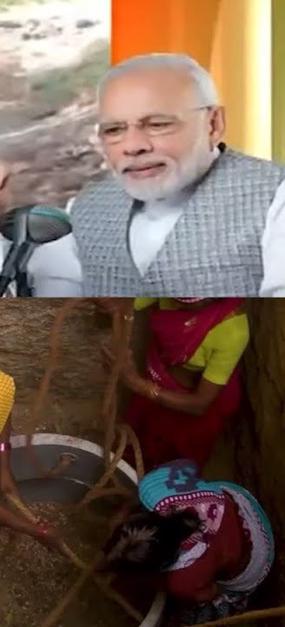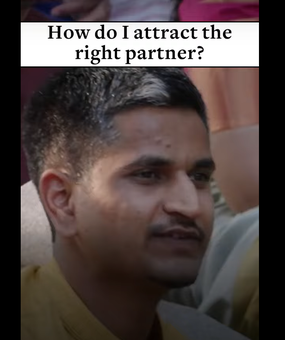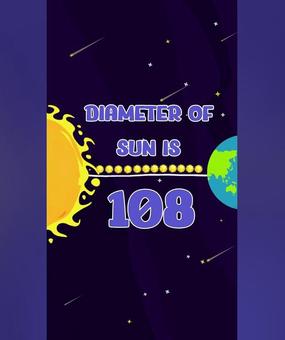Amazing facts about India
Of all the diamonds in the world, the story of the Kohinoor diamond is by far the most famous. A Golconda classified diamond, whose origins are lost in the midst of time, Kohinoor today occupies the pride of place on the British crown, tucked away in the Tower of London.
This prized diamond in her long history has travelled all over the world and been possessed by many rulers. She is known to have travelled back and forth within India and between India, Persia, Afghanistan – changing hands from one ruler to another. Some of the well-known kings to have held her include,
- the Kakatiyas
- Allaudin Khilji
- Raja Vikramaditya of Gwalior
- the early Mughals, Babur and Humayun
- the Shah of Iran, Shah Tehmasp
- the Nizam Shah and Qutub Shah dynasties of Ahmednagar and Golconda
- the later Mughals from Shah Jahan onwards upto Muhammad Shah Rangila,
- Nadir Shah of Persia, who gave her the Persian name Kohinoor meaning “Mountain of Light”
- the Afghan General Ahmad Shah Abdali (Durrani) and from thereon to his successors upto Shah Shuja
- the Sher-e-Punjab, Maharaja Ranjit Singh and from thereon to his successors upto Maharaja Duleep Singh
However in all this journey, Kohinoor was never bought or sold but changed hands only due to inheritance or as a token of gift or due to extortion, looting, trickery and treachery.
Infact, it was only after reaching Persia, that she acquired the name Kohinoor.
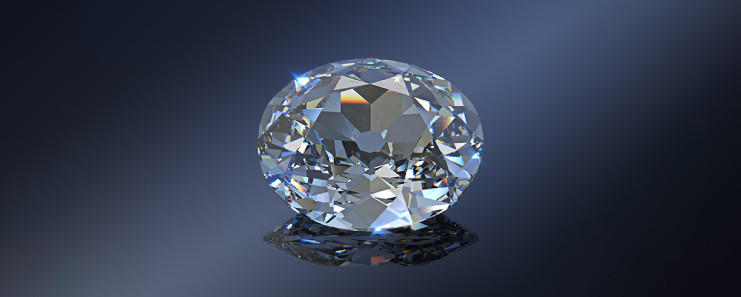
The legend of the Kohinoor diamond (and facts)
Stories abound on how Kohinoor changed the destinies of those who possessed her, for the worse, unfortunately, unless they were women.
In this travel of Kohinoor and the travails of all those she lived with, Maharaja Duleep Singh was the last Indian king to have possessed this diamond.
Maharaja Duleep Singh, one of the first freedom fighters of India against the British, was eventually tricked into parting with the Kohinoor under the Treaty of Lahore dated March 29, 1849. The Sikh Kingdom of Punjab, was annexed and merged with the British India dominions under this treaty.
Duleep Singh was deposed, his treasury which comprised the Kohinoor, the Darya-i-Noor (Sea of Light) and Timur’s Ruby among other valuables, passed on to the hands of the British and finally reached Queen Victoria in England. They were showcased at the Great Exhibition held in London in 1851.
The diamond, which originally weighed 186 carats was cut down to 108 carats by the Queen and set in her crown. Since then, the Kohinoor continues to stay in the possession of the British Royalty locked away in the Tower of London.
Even though Kohinoor has been with the British crown, she is still referred to as the ‘Star of India.’ Living up to her name, this ‘mountain of light’ illuminates a glorious history of diamond trade in India. The trail might have ended, yet the story of the Kohinoor diamond remains intriguing.
To the courts of Louis XIV
Today the largest diamond mines are found in South Africa, where they were discovered in 1700 CE. Before this discovery, India was the only supplier of diamonds in the world. Golconda mines in Andhra Pradesh was known for its brilliant diamonds that were coveted all over the world. Besides the famous Kohinoor diamond, the illustrious Golconda diamond history includes others like Hope and Regent.
The Regent Diamond is housed in the Louvre in Paris today. One of the most beautiful diamonds of the world, it weighs over 140 carats. But in the 1600s, when it was taken from India, it weighed 410 carats, about three times its present size. An English sea captain stole it and sold it to an Iranian trader. The Iranian trader sold it in 1702 to Sir Thomas Pitt. From him, the “Regent” diamond reached Paris and was sold to Queen Marie Antoinette of France.
But how were diamonds introduced in Europe? In the year 1650 CE, the French traveller and jeweller Jean Baptiste Tavernier, who came to India about six times, visited the mines of Golconda to procure diamonds. These he sold them to the royals and aristocrats of Europe. He introduced them at the court of King Louis XIV of France in 1669. He made a diamond bracelet, bazuband, worn in the upper part of the arm, for King Louis XIV, who spent an equivalent of $75 million in those days for the diamonds procured from India.
The brightest & best: Golconda diamond history
The Golconda diamonds stood apart for their size and crystal clarity. Most diamonds have traces of nitrogen in them which gives them a yellowish tinge and they are called Type I. The Golconda diamonds were called Type 2. Even in this category, they were classified as Type 2a, as they did not have any nitrogen, considered to be an impurity in diamond. Even those with some tinge of pink or blue or gray, were classified as Type 2b as they got their color from elements such as Boron.
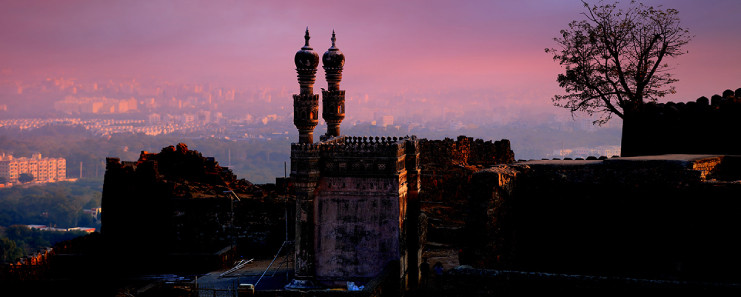
This made the Golconda diamonds, the purest diamonds of the world. Due to this purity, unlike Type 1 diamonds, they allowed ultraviolet rays and visible light to pass through them and this gave them a clear, transparent nature. They were so clear and transparent that they looked like ice cubes. They gave an effect of water running through the gem.
Found these facts fascinating? Equally fascinating is the mind and body. Discover yourself and the secrets of mind management at The Art of Living Meditation and Breath workshop.
They were large in size too. They were weighed in units of rati where one rati was 7/8th of a carat. One of the stones from this region, the Great Mogul, is recorded to have weighed equivalent of 787 carats.
Carat, the unit to measure the weight of diamonds, comes from the Italian word carato or Greek word Keration, traceable to the Arabic qirat (horn) for the carob seed. Carob seeds have a small horn-like protrusion. All carob seeds are more or less of the same weight and hence could be used as a light weight measure for measuring small and light items such as gemstones.
This concept of using carob seeds to measure gemstones is also traceable to India or the traditional Indian measure for diamonds was ratti where ratti is also a seed.
The ratti seed is generally red with a black dot. They are also called gunja in Sanskrit and gurivinta in some of the South Indian languages. They are closely associated with Krishna temples in the Kerala tradition.
Using ratti seed or in some cases, the real diamond itself, as the eye of idols, has been a practice of the land.
Even today, only two percent of the world’s diamonds are considered to be of Type 2.
Another word for immense wealth
Golconda diamond history says that trade flourished during the time of the Kakatiya dynasty, who established the famous Golconda fort in 975 CE.
Diamonds were mined from the region in and around Golconda, then cut and traded from there. The fortress city of Golconda was the market city for diamond trade and gems sold there came to be called Golcondas. Golconda became synonymous with diamonds for Europe.
By the 1880s, the Golconda diamonds had gained so much popularity for their size, weight, and quality that they became a coveted brand of diamonds. The word ‘Golconda’ became synonymous for best quality diamonds. Soon, Golconda became a generic term to denote a rich mine or source of immense wealth too. The Golcondas also earned immense wealth for India.
The legacy begins before Europe knew about it
All the ancient lores of India – Veda, Purana, the epics, other legends and folklore – speak of diamonds, its characteristics, and stories around them. In contrast, Europe learnt of diamonds and its value only in the late 1600s just over 300 years ago.
One of the earliest evidence of the importance given to diamonds and their mining in India can be gathered from the Arthashastra, a treatise on governance, administration, law, politics, strategy, and defence. The Arthashastra was authored by one of India’s renowned statesmen of the 4th century BCE, popularly known as Kautilya and Chanakya.
Diamonds find a specific mention among this list as a precious commodity for trade, treasury, savings, and adornment in the 4th century BCE itself.
The Arthashastra was produced around 336 BCE, the same time when Alexander, the Macedonian had invaded and retreated from the North Western parts of India. This work is at the same time so detailed as within India as well as outside.
So much for the writings of the colonial historians, that India became civilized due to the visit of the Greeks. For, such a profound framework for governance of a land, especially based on indigenous Indian ethos as well as knowledge of the geography of entire India and overseas, could not have come about, without it having been practiced by generations of governments before Kautilya.
Pliny & Ptolemy knew it right
Most of the legendary diamonds of today were mined in India and owned by different kings and temples of India till the 1700s.
Marco Polo, the Italian adventurer who visited India in 1295 CE, documenting what he saw and learned during his visit to India. He writes, “The bigger diamond stones went to the various Indian kings and the great Khan. The smaller and refused stones were sent to Europe from the port of Guntur District.”
Diamonds also made their way to other ancient civilizations, going by the records of the Greek. Incidentally, the word diamond has its roots in the Greek word, adamas ‘indestructible’.
- Pliny in his work Naturalis Historiae, in 77 CE records, wrote, “Most large precious stones are of Indian origin.” Pliny calls them Adamas from India.
- Ptolemy in 140 CE mentions about diamond mining in India by the Adamas River.
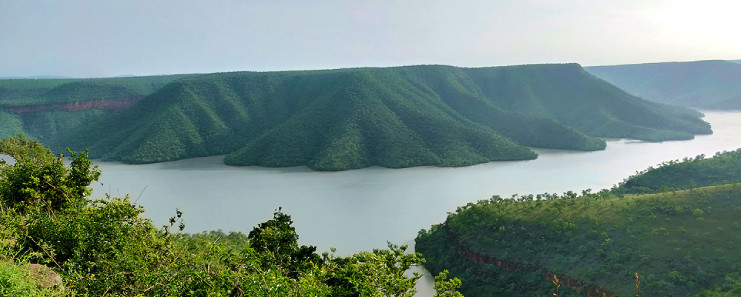
(The Greeks referred to the Krishna river in South India as the Adamas river. A 300-km-stretch along this river has been the scene of intense diamond mining activity since millennia.)
It was only much later, during the colonization of India, that most of these big diamonds were prized away to Europe and America.
Truly, the Golconda diamond history is a long and fascinating one.





